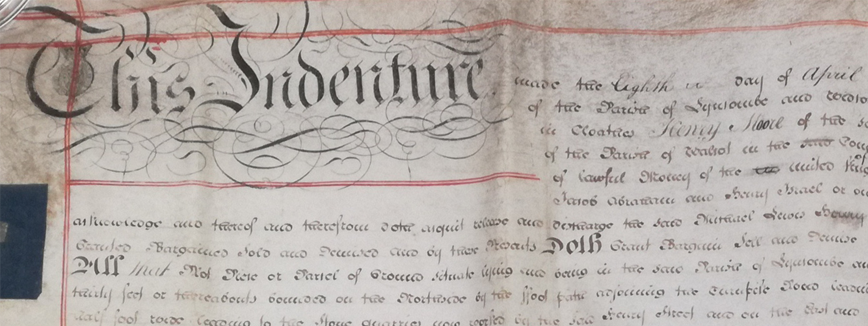
Find out more...
This page is a very brief synopsis. A much more complete account appears in Jews in Bath by Christina Hilsenrath, a newly published hardback book incorporating all of the research that has been carried out into the history of the Burial Ground, and the wider Jewish Community in Bath from 1750 to 1945.
Who’s here?
We have a separate resource that allows visitors to view biographies of all the people buried here, and also read the gravestone inscriptions:
History
In the late 18th and early 19th century, Jews from Central Europe fleeing conflict, persecution and poverty began to arrive in Bath and made it their home. The city, with its famous hot springs, offered many professional and commercial opportunities providing for the fashionable visitors with money to spend setting up their houses for the season, visiting the opticians or dentist and shopping for jewellery or clothes.
By the early 19th century a Jewish congregation began to form. Their first priority was to acquire land for a burial ground and in April 1812 four members of the community signed a 1000-year lease for a small piece of land on Combe Down that had once been a surface quarry. The first burial for Sarah Moses took place in November of the same year.
The cemetery was extended at least twice, in 1835 and 1862. The last dated headstone is 1921, although it is probable that a long standing member of the community was buried here in 1941. Today, the cemetery, hidden away behind high stone walls is a little known part of Bath’s heritage. It is the only remaining physical site of the city’s 19th century Jewish community.
No burial register has survived, but research has identified that around 80 men women and children are buried here. The lives of the people interred provide a fascinating cross section of Bath life: Mr Sigmond the dentist with his ‘patent dentifrice’; Mr Braham, ‘spectacles, theodolites, stereoscopes’; Mr Leon, swords and knives, as well as Mrs Abraham’s ‘splendid wardrobe of dresses’ for the Bachelors’ Fancy Ball; through to jewellers, shopkeepers, tailors, furriers, as well as many poorer and more itinerant people buried in unmarked graves. You can find a list of the graves and the life stories of everyone we know to be buried here.
Next to the entrance gates to the Burial Ground is a small single storey building. It did not have a religious function. The cottage, once twice the size it now is, predates the Burial Ground and was the home for a succession of poor families some of whom were also caretakers of the Burial Ground. The last resident moved out in 1929 and the cottage was then partially demolished.